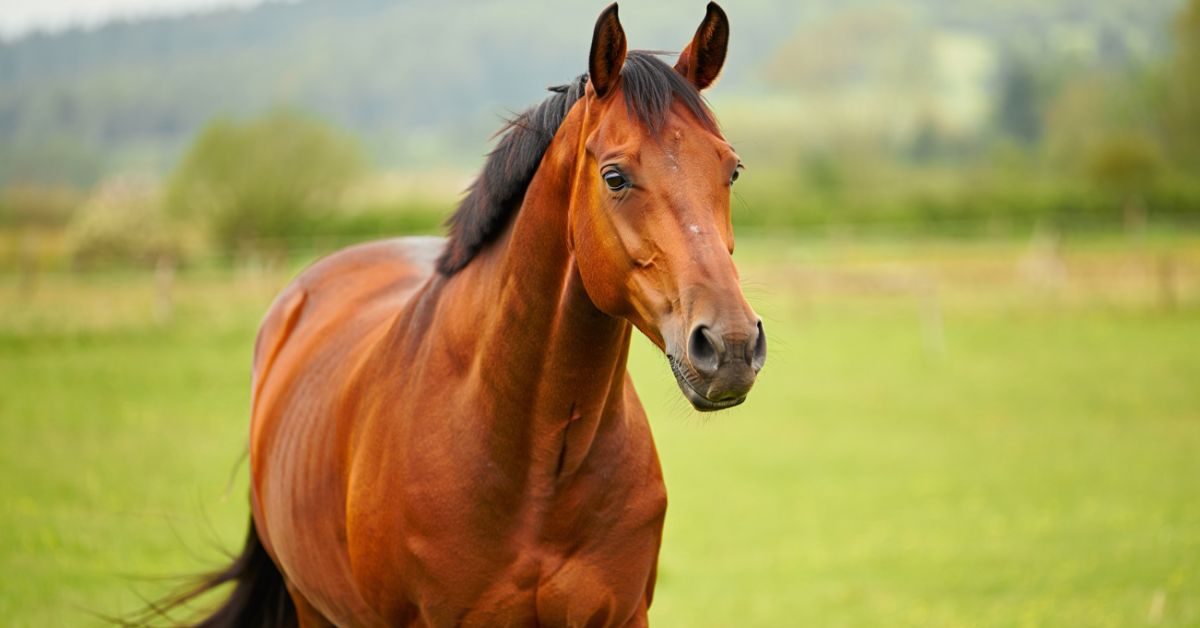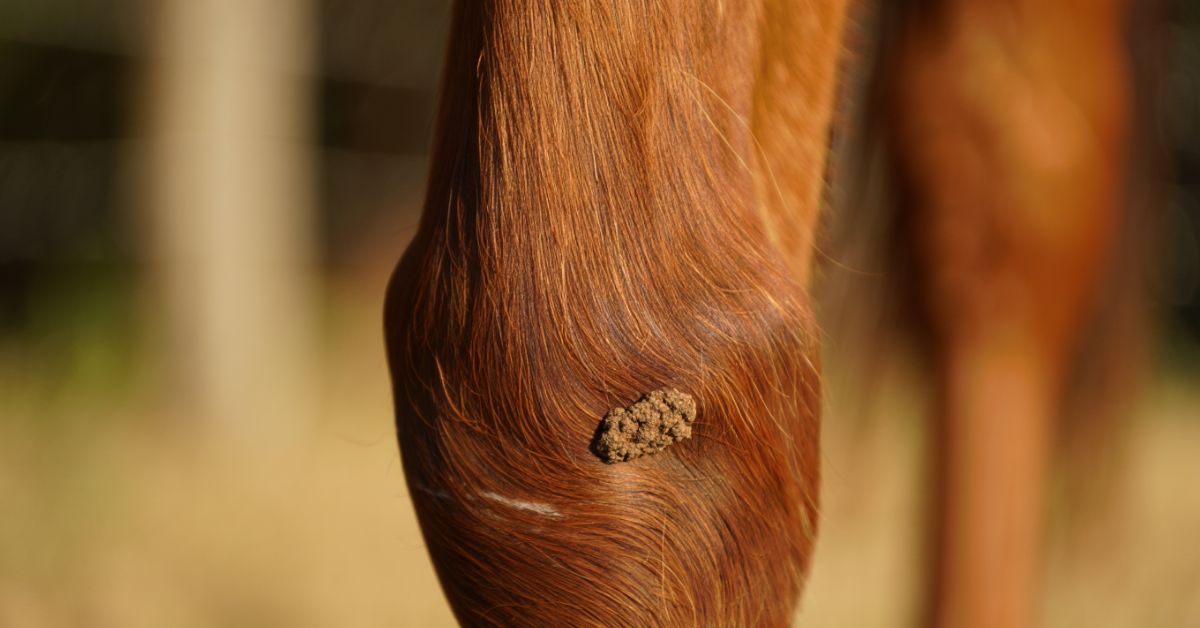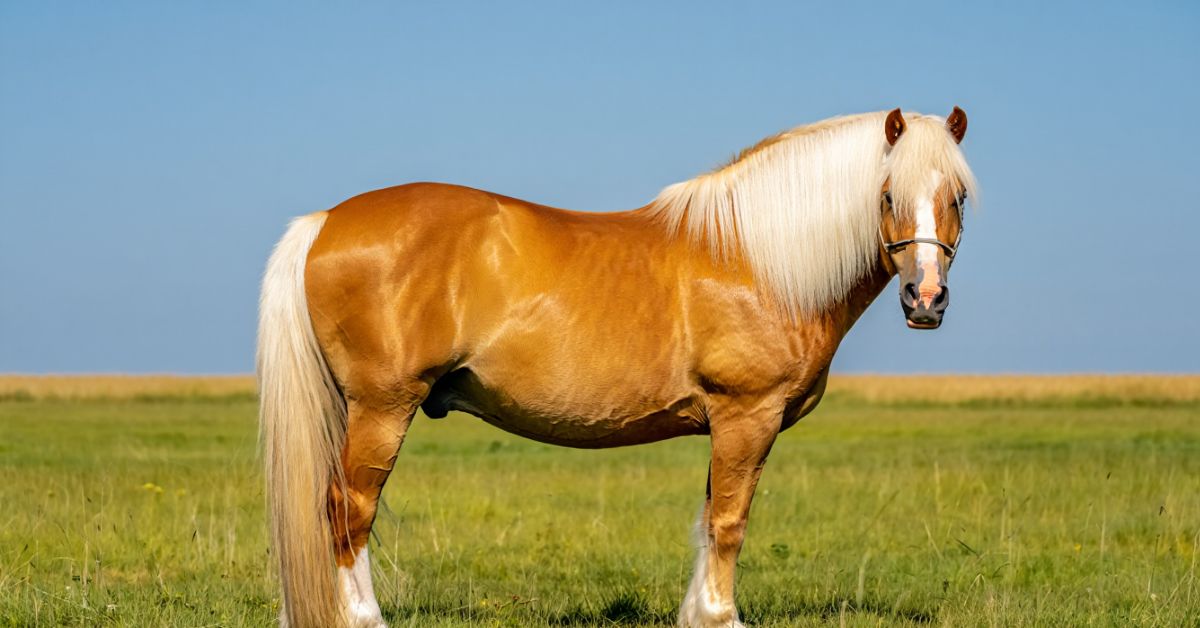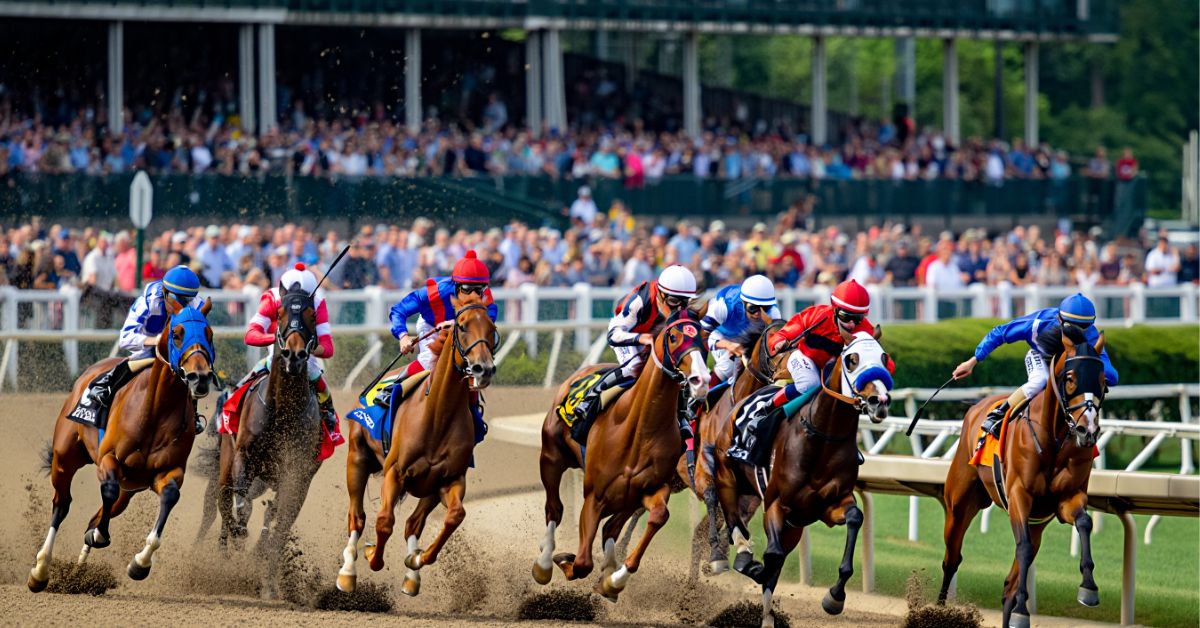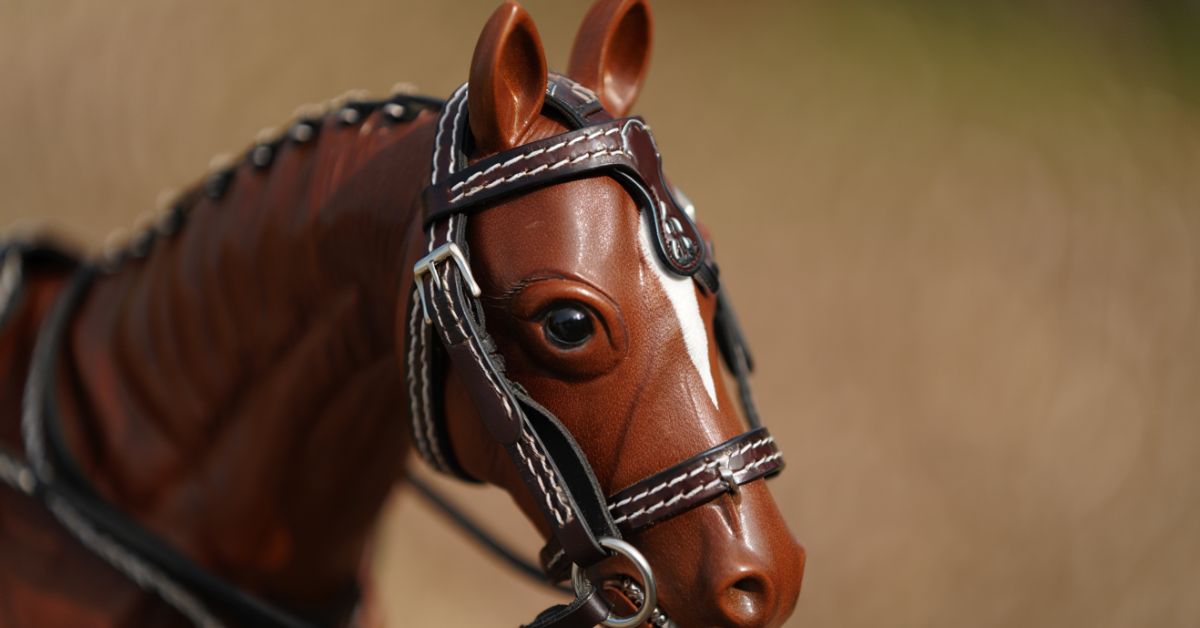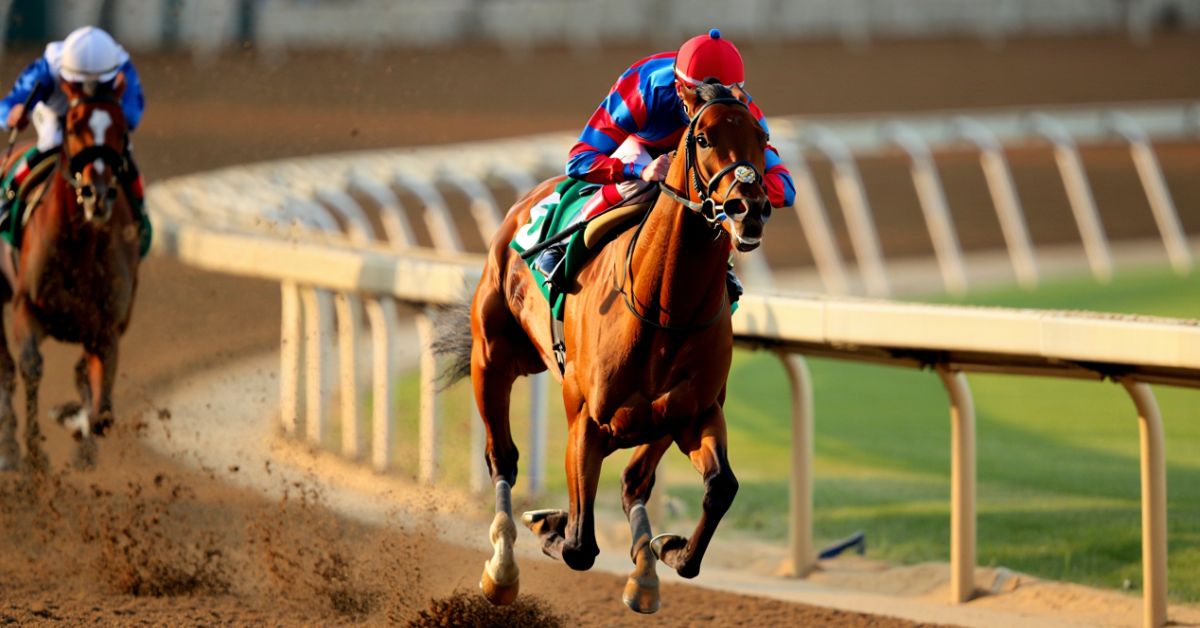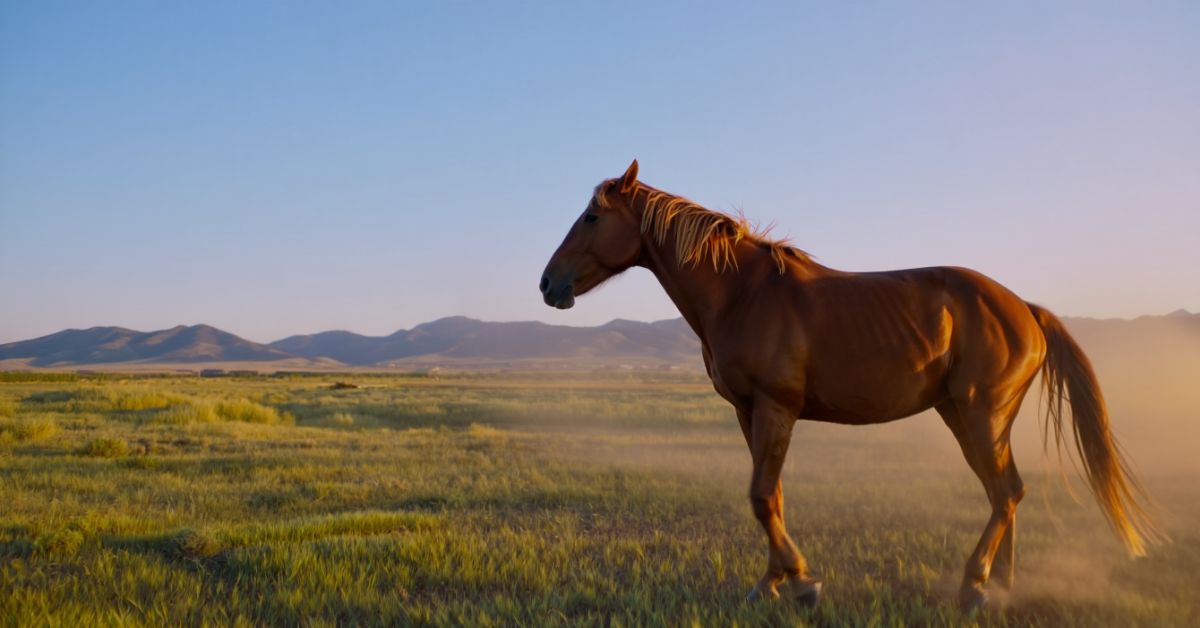
Is a Bronco a Horse? Complete Guide for Equestrian Enthusiasts
Is a bronco a horse? This question sparks curiosity among horse enthusiasts worldwide, and the answer is both simple and fascinating. Yes, a bronco is indeed a horse - specifically an untamed horse or wild horse that hasn't been broken or trained for riding. The term "bronco" comes from Spanish origins, meaning "rough" or "wild," perfectly describing these magnificent free-roaming horses that embody the spirit of the American frontier. 🐎
Understanding the bronco definition helps us appreciate the rich history of equine terminology and cowboy terminology that shaped the American West. Whether you're fascinated by rodeo terms, curious about horse breeds, or simply love everything equestrian, knowing the difference between a bronco vs. horse enhances your appreciation of these incredible animals. From bucking broncos in rodeo arenas to feral horses roaming wild landscapes, these untamed horses represent freedom, power, and the untamed spirit that horse lovers cherish. This knowledge also deepens your connection to equestrian culture, whether you're shopping for equestrian jewelry or decorating your space with horse-inspired art.
What Is a Bronco? Understanding the True Bronco Definition
The bronco definition encompasses much more than just a wild horse - it represents a symbol of untamed freedom and natural horse behavior. A bronco is essentially an unbroken horse, typically a wild horse or feral horse that has never been domesticated or trained for human interaction. These magnificent creatures belong to the species Equus caballus, the same species as all domestic horses, but their horse temperament remains wild and unpredictable.
The Spanish Origin of Bronco
The Spanish origin of bronco traces back to the early conquistadors and settlers who encountered these spirited animals across the Americas. The Spanish word "bronco" literally translates to "rough," "wild," or "unruly," perfectly capturing the essence of these untamed horses. When Spanish explorers brought horses to the New World in the 16th century, many escaped or were released, eventually forming herds of free-roaming horses that adapted to life in the wilderness.
Distinguishing Broncos from Domestic Horses
Understanding bronco vs. horse terminology clarifies an important distinction in equestrian vocabulary. While all broncos are horses biologically, not all horses are broncos behaviorally. Domesticated vs. wild animals differ significantly in their responses to human contact, training, and environmental adaptation. A bronco maintains its natural instincts of horses, displaying heightened alertness, flight responses, and resistance to human handling that centuries of domestication have diminished in ranch and riding horses.
Broncos in Modern Context
Today's broncos primarily exist in protected wild horse populations and roughstock events at rodeos. The famous Ford Bronco horse logo pays homage to these powerful animals, using the symbolism of horses to represent strength, freedom, and adventure. In North American wildlife, true broncos are rare, with most wild horses actually being feral descendants of domestic horses rather than truly wild equines.
Shop our collection of equestrian jewelry inspired by wild horses and bronco symbolism
Mustang vs. Bronco: Decoding Wild Horse Classifications
The comparison of Mustang vs. bronco often confuses horse enthusiasts, but understanding these distinctions enriches your knowledge of equine terminology and American frontier history. While both terms describe wild horses, they represent different aspects of horse classification and cultural significance.
The American Mustang Heritage
The American mustang specifically refers to free-roaming horses found in the western United States, protected under the Wild Free-Roaming Horses and Burros Act of 1971. These feral horses descended from Spanish colonial horses, Native American horses, and escaped ranch horses. Mustangs represent a unique chapter in American frontier history, embodying the spirit of westward expansion and the Wild West jargon that defined an era.
Mustangs typically display specific equine characteristics:
-
Compact, sturdy build adapted to harsh environments
-
Strong survival instincts and herd behavior
-
Varied coat colors and patterns
-
Exceptional endurance and sure-footedness
-
Heightened alertness and wariness of humans
Regional Variations and Populations
North American wildlife includes several distinct populations of wild horses, each adapted to their specific environments. Nevada's Virginia Range mustangs differ significantly from Montana's Pryor Mountain horses or North Carolina's Banker horses. These variations demonstrate how horse species adapt to diverse climates and terrains while maintaining their essential wild horse characteristics.
Cultural Impact and Modern Management
The distinction between mustang vs. bronco becomes important in modern horse training and conservation efforts. While "mustang" refers to specific wild horse populations, "bronco" describes any untamed horse regardless of origin. Professional breaking a horse specialists often work with both captured mustangs and domestic horses that have reverted to wild behaviors, requiring similar taming wild horses techniques.
Rodeo Culture: Broncos in Competitive Events 🤠
Rodeo terms featuring broncos showcase the athletic partnership between horse and human, even when that partnership involves spectacular displays of horse behavior and natural instincts of horses. Understanding rodeo horse events deepens appreciation for both the animals' power and the cowboys' skill in these roughstock events.
-
Saddle bronc riding represents the classic rodeo event, where riders attempt to stay mounted on a bucking bronco for eight seconds using only a specialized saddle and rein
-
Bareback bronc riding eliminates the saddle entirely, requiring riders to grip only a leather rigging while the untamed horse attempts to dislodge them
-
Bucking broncos are specifically selected for their athletic ability and consistent bucking patterns, not their wildness
-
Professional rodeo horses often have names, personalities, and fan followings, becoming celebrities in the cowboy terminology world
The Science Behind Bucking Behavior
Bucking bronco behavior stems from natural horse temperament and equine characteristics rather than anger or pain. These horses buck due to:
Natural Defense Mechanisms
Natural instincts of horses include bucking as a method to remove predators or foreign objects from their backs. This instinctual behavior makes certain horses naturally talented at bucking sports, where their athletic ability is celebrated rather than suppressed.
Selective Breeding and Training
Modern rodeo horses often come from bloodlines selected for bucking ability. These animals aren't wild horses in the traditional sense but rather athletes bred for specific performance characteristics. Professional stock contractors invest significant resources in developing consistent, athletic bucking broncos that provide fair competition for riders.
Performance Standards
Championship bucking broncos earn scores based on their athletic performance, similar to Olympic horses in other disciplines. Factors include rhythm, power, degree of difficulty, and consistency - proving that these rodeo horses are elite athletes rather than simply untamed horses.
Economic Impact and Career Longevity
The rodeo horse industry generates millions in economic activity annually, with top bucking broncos earning substantial fees for appearances. Many successful rodeo horses enjoy careers spanning 10-15 years, retiring to comfortable lives as breeding stock or living mascots. This longevity demonstrates the care and athletic conditioning these animals receive, contradicting misconceptions about rough treatment.
Famous bucking broncos like "Bodacious" and "Red Rock" became household names, inspiring equestrian decoration themes and bronco in popular culture references. Their legacies continue through offspring and memorabilia, showing how rodeo terms and culture celebrate individual horses as much as human competitors.
Explore our equestrian decoration collection featuring rodeo-inspired designs
Horse Training and Bronco Behavior: From Wild to Willing Partners
Breaking a horse represents one of the most misunderstood aspects of equestrian vocabulary, especially when discussing taming wild horses or working with untamed horses. Modern horse training methods emphasize partnership and communication rather than "breaking" the animal's spirit, whether working with domestic horses or true broncos.
Understanding Natural Horse Psychology
Horse behavior follows predictable patterns rooted in millions of years of evolution. Natural instincts of horses include:
Flight response to perceived threats Herd hierarchy and social structures
Communication through body language and vocalizations Territory establishment and resource protection Seasonal behavioral changes
These instincts remain strong in wild horses and feral horses, making initial training more challenging but not impossible. Professional trainers understand that equine characteristics vary between individuals, regardless of their wild horse or domestic background.
Modern Training Philosophy
Contemporary horse training philosophy recognizes that taming wild horses requires patience, consistency, and respect for the animal's intelligence. The process involves:
Building Trust Through Consistency
Breaking a horse in modern terms means establishing trust and communication rather than dominating the animal's will. Trainers work with horse temperament rather than against it, using positive reinforcement and gradual desensitization to human contact.
Respecting Individual Differences
Each untamed horse brings unique challenges and capabilities to the training process. Some broncos adapt quickly to human partnership, while others require months of patient work. Successful trainers recognize these individual differences and adjust their methods accordingly.
Maintaining Natural Behaviors
Effective horse training preserves beneficial natural instincts of horses while redirecting potentially dangerous behaviors. A well-trained former bronco retains its intelligence, athleticism, and spirit while learning to work safely with humans.
Success Stories and Timeline Expectations
Taming wild horses typically requires 6-18 months for basic training, depending on the animal's age, previous experiences, and individual horse temperament. Younger broncos often adapt more quickly than mature animals, but experienced trainers report success with horses of all ages.
Notable success stories include the Bureau of Land Management's Mustang Training Programs, where American mustangs become rideable within 90-120 days of intensive training. These programs demonstrate that even the wildest free-roaming horses can develop strong human partnerships while maintaining their distinctive equine characteristics.
Professional trainer Buck Brannaman, inspiration for the novel "The Horse Whisperer," once observed: "The horse doesn't care how much you know until he knows how much you care." This philosophy underlies successful bronco training programs worldwide.
The Cultural Legacy and Modern Significance of Broncos
Bronco in popular culture extends far beyond Wild West jargon and American frontier mythology, influencing everything from automotive design to artistic expression. Understanding this cultural impact helps horse enthusiasts appreciate the deeper symbolism of horses in American heritage and contemporary life.
The Ford Bronco horse logo exemplifies how equine terminology transcends livestock terms to become powerful brand symbols. Since 1966, the Bronco SUV has embodied the freedom, ruggedness, and adventure associated with wild horses and untamed horses. This automotive legacy demonstrates how bronco definition evolved beyond strict animal classification to represent lifestyle aspirations and cultural values.
Literary and Artistic Influence
Cowboy terminology and bronco imagery permeate American literature, from classic westerns to contemporary fiction. Authors like Zane Grey and Louis L'Amour used rodeo terms and horse behavior descriptions to create authentic frontier atmospheres that continue inspiring readers today. Modern western writers maintain this tradition, ensuring that equestrian vocabulary remains vibrant and relevant.
Contemporary Conservation Efforts
Modern wild horse conservation efforts focus on protecting free-roaming horses while managing their impact on public lands. Organizations like the American Wild Horse Campaign work to preserve The American mustang populations through:
Scientific population management studies Fertility control programs for sustainable herds Public education about feral horse ecology Political advocacy for wild horse protection Adoption programs connecting mustangs with qualified homes
Economic and Tourism Impact
Wild horse tourism generates significant economic activity across western states. Visitors travel thousands of miles to photograph free-roaming horses in their natural habitats, supporting local communities through hotels, restaurants, and guide services. This economic impact demonstrates the continued relevance of bronco and mustang populations beyond their historical significance.
Educational Value and Future Generations
Teaching young people about bronco definition, horse breeds, and equestrian vocabulary helps preserve important cultural knowledge while inspiring future horse enthusiasts. Educational programs at museums, ranches, and schools use bronco stories to teach broader lessons about:
-
American history and westward expansion
-
Animal classification and wildlife conservation
-
Horse species biology and equine characteristics
-
Cultural diversity and Spanish colonial influences
-
Environmental stewardship and land management
Shop our complete collection of gifts perfect for young horse lovers
Frequently Asked Questions About Broncos and Wild Horses
Is a bronco a type of horse?
Yes, a bronco is a type of horse - specifically an untamed horse or wild horse that hasn't been trained for riding. All broncos belong to the horse species Equus caballus, but they maintain their natural instincts of horses and wild behaviors.
What's the difference between a bronco and a mustang?
The mustang vs. bronco distinction lies in specificity: mustangs refer to specific populations of free-roaming horses in the American West, while bronco is a broader term for any untamed horse or unbroken horse, regardless of origin or location.
Are broncos dangerous to humans?
Broncos can be dangerous due to their wild horse instincts and lack of human training. Their horse behavior includes flight responses, kicking, and biting when threatened. However, with proper horse training techniques, many broncos can become safe, rideable horses.
Can you buy a real bronco or mustang?
Yes, you can adopt wild horses through Bureau of Land Management programs or purchase broncos from private owners. However, taming wild horses requires significant experience, time, and resources. Most require professional horse training assistance.
How long does it take to train a bronco?
Breaking a horse or taming wild horses typically takes 6-18 months for basic training, depending on the animal's age, temperament, and previous human exposure. Young broncos often train faster than mature wild horses.
Do broncos make good riding horses?
With proper horse training, former broncos can become excellent riding horses. They often retain superior intelligence, athleticism, and endurance compared to domesticated horses, though they may always maintain some wild horse wariness and independence.
What breeds can be broncos?
Any horse breeds can potentially become broncos if left wild or untrained. However, The American mustang populations typically include Quarter Horse, Thoroughbred, and Spanish colonial horse bloodlines. Feral horses develop wild horse behaviors regardless of their original breeding.
Why do broncos buck?
Bucking bronco behavior stems from natural instincts of horses to remove perceived threats from their backs. In rodeo horses, this behavior is selectively bred and encouraged for athletic competition, while in true wild horses, it's a survival mechanism.
